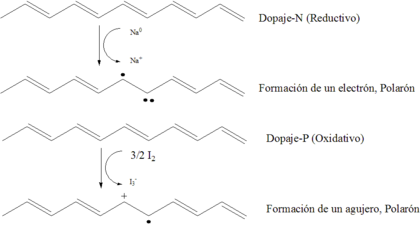
MALVERN, PENNSYLVANIA — July 26, 2010 — Vishay Intertechnology, Inc. (NYSE: VSH) today unveiled the industry's smallest and thinnest n-channel chipscale power MOSFET and the first with a sub-1-mm2 outline. The 20-V MICRO FOOT® Si8800EDB combines an ultra-small 0.8-mm by 0.8-mm outline with a height of 0.357 mm to save space in portable electronics.
As portable devices become more compact, the size of components becomes critical, as PCB areas are extremely limited due to the space taken by keypads and batteries. With its ultra-small outline and height, the Si8800EDB is 36 % smaller and 11 % thinner than the next smallest n-channel device in a chipscale package, allowing for the creation of more compact end products with increased functionality.
The chipscale packaging of the Si8800EDB provides an extremely low on-resistance per area due to its packageless technology and increased die area. The MOSFET offers maximum on-resistance values of 80 mΩ at 4.5 V, 90 mΩ at 2.5 V, 105 mΩ at 1.8 V, and 150 mΩ at 1.5 V.
Typical applications for the new device will include load switches and small signal switching in portable devices such as cell phones, PDAs, digital cameras, MP3 players, and smart phones. The Si8800EDB 's low on-resistance prolongs battery life between charges in these products.
The Si8800EDB features typical ESD protection of 1500 V, is compliant to RoHS Directive 2002/95/EC, and is halogen-free according to the IEC 61249-2-21 Definition.
Samples of the new power MOSFET are available now. Production quantities will be available in Q2 2010, with lead times of 16 weeks for larger orders.
Vishay Intertechnology, Inc., a Fortune 1,000 Company listed on the NYSE (VSH), is one of the world's largest manufacturers of discrete semiconductors (diodes, MOSFETs, and infrared optoelectronics) and passive electronic components (resistors, inductors, and capacitors). These components are used in virtually all types of electronic devices and equipment, in the industrial, computing, automotive, consumer, telecommunications, military, aerospace, power supplies, and medical markets. Vishay's product innovations, successful acquisition strategy, and "one-stop shop" service Have made it a global industry leader. Vishay Can Be found on the Internet at http://www.vishay.com .
As portable devices become more compact, the size of components becomes critical, as PCB areas are extremely limited due to the space taken by keypads and batteries. With its ultra-small outline and height, the Si8800EDB is 36 % smaller and 11 % thinner than the next smallest n-channel device in a chipscale package, allowing for the creation of more compact end products with increased functionality.
The chipscale packaging of the Si8800EDB provides an extremely low on-resistance per area due to its packageless technology and increased die area. The MOSFET offers maximum on-resistance values of 80 mΩ at 4.5 V, 90 mΩ at 2.5 V, 105 mΩ at 1.8 V, and 150 mΩ at 1.5 V.
Typical applications for the new device will include load switches and small signal switching in portable devices such as cell phones, PDAs, digital cameras, MP3 players, and smart phones. The Si8800EDB 's low on-resistance prolongs battery life between charges in these products.
The Si8800EDB features typical ESD protection of 1500 V, is compliant to RoHS Directive 2002/95/EC, and is halogen-free according to the IEC 61249-2-21 Definition.
Samples of the new power MOSFET are available now. Production quantities will be available in Q2 2010, with lead times of 16 weeks for larger orders.
Vishay Intertechnology, Inc., a Fortune 1,000 Company listed on the NYSE (VSH), is one of the world's largest manufacturers of discrete semiconductors (diodes, MOSFETs, and infrared optoelectronics) and passive electronic components (resistors, inductors, and capacitors). These components are used in virtually all types of electronic devices and equipment, in the industrial, computing, automotive, consumer, telecommunications, military, aerospace, power supplies, and medical markets. Vishay's product innovations, successful acquisition strategy, and "one-stop shop" service Have made it a global industry leader. Vishay Can Be found on the Internet at http://www.vishay.com .
Subject: ESS.
Student: Pedro Jose Contreras Urbina












